Abstract
Project Knowledge is a status (not a material) and only exists through practical relevance to a context. A BoK (Body of Knowledge) is a misnomer; it’s merely a logical base framework. Logical frameworks (models) are simply concepts within which we attempt to validate and confirm our ideas.
But Project Management is a “Rational” environment and is no way “Logical.” Rational models have a completely different function. Relative to logical, the purpose of a rational framework is to determine if there is a model that makes sense in the current context or planned for context. Making sense of and managing conditions (contexts) is what Project Management is all about. And Rational is what our BoKs should be.
Our BoKs need to be the basis for the objective discovery of what is relevant regardless of our suppositions, as opposed to dealing with only what counts within a business “standard.” Our BoKs need to provide insight into the kind of change that influences the relevancy of our project models, as opposed to variances that prove or disprove compliance with a standard.
Using semantic technology allows us to start with Base Level normative Frameworks – the current “BoKs”…IPMA. PMBOK, Prince2 etc., and evolve them into a range of domain-based Logical Frameworks – versions of the Base Level (Project Office, Programme, Portfolio, or Construction, Defense etc.), and create Rational Frameworks (application-based versions) and produce Contextual Frameworks – cultural, geographic, complex, role-based perspectives on the above. I.e. Contextually relevant knowledge with which to help manage our projects.
- Introduction
Logical Model – an abstract structure of a domain of information. Logical models are simply concepts within an established framework. We attempt to validate and confirm our ideas against an established framework (a BoK – what we currently call a Body of “Knowledge”). How many projects do you know where the required situational knowledge actually “conforms” to established BoKs (other than as an activity in a project phase)?
So BoKS are useless? Not true – it’s just that we have been constraining ourselves in their use by kidding ourselves about the sanctity of project process definitions and our competence to use and have knowledge about their extended use in varying and dynamic contexts.
This paper talks about the use of (existing demonstrable) Semantic Software Technology to create project knowledge based on contextually relevant project content; rational bodies of knowledge. Something we call Project Management “FRAKs” – Base, Logical, Rational and Contextual Frameworks of Knowledge (FRAKs) – to “supersede” what we currently think of as a BoK.
We already acknowledge the need for, and accommodate, variations of operational structures based on chapter requirements and preferences, so why not recognize and accommodate execution reality and supply dynamic BoKS/FRAKs?
- Competence – our real goal in professional organizations for Project Management
Competent comes from the Latin root competere, which means “to be suitable.” In today’s workplace, the term “competent” is generally used to describe someone who is sufficiently skilled to perform a specified task or to fill a defined position — a competent physician, a competent salesperson, a competent plumber. Increasingly, organizations are interested in enhancing the competency of individuals to aid education and development decisions.
There are two major approaches to defining competency:
• Attribute-based wherein personal attributes such as knowledge, skills, and other characteristics are identified and assessed. Competence is inferred based on the presence of the necessary attributes.
• Performance-based wherein work outcomes and performance levels can be identified and assessed. Competence is inferred based on the demonstrated ability to satisfy the performance criteria.[1]
Why not competent BoKs? Whereas many structures (e.g., BoKs) have been defined to provide the basis for defining and testing the “what” must be done (attribute competence) these logical structures are only a base – what is important is the how and in what context (performance competence). That is rational structures that maximize the performance of those that are employed to complete tasks.
Organizations look to achieve value via project execution so why not provide an environment that maximizes the chance of that? Provide the team with information that matches the context and therefore is an appropriate body of knowledge for the situation – project execution is not the time to test attribute knowledge.
- What is Semantic Technology, and how are we currently using it?
“Semantic technologies provide an abstraction layer above existing IT technologies that enables bridging and interconnection of data, content, and processes. Second, from the portal perspective, semantic technologies can be thought of as a new level of depth that provides far more intelligent, capable, relevant, and responsive interaction than with information technologies alone.”[2]
The importance of semantic technology is that it makes information usable for a computer and thus to automatically arrange for interested users during a query. Information about places, people, and things (concepts) can be set with the help of a semantic web-based on content and their relationships to one another. In linking the information new relationships can be discovered that previously had not been identified.
In our interpretation of the technology we utilize two components:
- Frameworks
- Curation
- Frameworks
The most important aspect of a framework is that it is not hierarchial. It is not a tree structure where we are trying to decompose components into finer and finer elements. Our frameworks consist of concepts that are connected for some reason – we think they have some connected applicability, a concept is seen to be relevant to another (we decide or the machine decides). That is the context dictates its relevance and thus content associated with the linked concepts are grouped into a framework of information – contextual or rational knowledge.
- Curation
Digital curation is the selection preservation, maintenance, collection, and archiving of digital assets. Digital curation establishes, maintains and adds value to repositories of digital data for present and future use. Enterprises use digital curation to improve the quality of information and data within their operational and strategic processes. Successful digital curation will help to mitigate digital obsolescence, keeping the information accessible to users indefinitely4. It has several components:
- Search – comprehensive search levels
- Recommendations – automatically provide users with custom-tailored information
- Analytics – automated content analysis
- Relevance – determine the relevance of the information
These functions make it possible to find, analyze, determine relevance and provide recommendations of content that are linked to and amplifies concepts within a framework of information.
The right framework guides a worker’s analysis and judgment during a task by providing enough of a relevant model to present, guide and validate choices (Malcolm Ryder). The problem addressed by a framework is the challenge of two workers who may be different due to their respective roles or mental models – which might also differ from just a common model being presented. The benefit comes when workers can demonstrate competence by using the same framework to provide equally effective individual project execution.
The importance of curation is that it can be done automatically (subject to editorial approval). This means that we can continuously search for new source material amongst the multitude of published content for project management and determine relevance to the context.
This combination, of frameworks and curation, creates a climate of competence that is independent of testing or complicated issues of debateable corporate levels of maturity.
- How is this applied to Project Management and our concept of BoKs/FRAKs?
4.1 Current trends
To better understand this, let us look at how this technology has been successfully employed in two areas relevant to project management. Publishing and education:
Publishing – It is widely recognized that the traditional business model for publishing is broken. Publishers understand the need to atomize and make available segments of content to satisfy personal requirements for specialized information. How or where is not the concern – they have to be able to provide and charge for their corporate assets as chunks of classified (tagging may not be the best approach) material. Its relevance can be determined by semantic techniques. The result is that all publications relevant to project management can be scanned for relevance to your project context. This is widely used in practice now. In fact eight of ten of the largest publishers in Germany now use semantic techniques to apply curation to their content.
Education – Traditional educational institutes also have to adapt to todays corporate reality. Corporations need training for their context and they don’t want to pay for course development. This means that these institutes also have to find ways and means by which to customize their inventory of content to satisfy proposal requests – and it has to be up to date. In the past this could be met by the experience of the instructor, but they too must also find techniques to stay informed and meet individual contexts.
Educational institutes also try to deal with business value via the establishment of metadata. E.g. “Leadership” is not owned by particular areas of corporate life and education – its an attribute of competence required by many and in many areas. The establishment of topics of metadata, such as leadership, means that Pareto rules can be applied to minimize the inventory of topics and to maximize their use.
What is more, we can (via graphic views of frameworks) understand a topics’ relationship to other topics.

Figure 1. Leadership in relationship to other project processes.
The reality of most BoKs is that attribute competence means that, as an example (for PMBOK4), we have to keep track of 44 project processes, 134 tools and techniques, 80+ deliverables and 200+ relationships. When these change as in updating of PMBOK4 to PMBOK5, we are faced with understanding all of the implications associated with changes to all of the above attributes. In a recent situation (IIL) it meant that they had to find all references in their 80+ courses and then interpret and change course content to accommodate those changes.
If the number of attributes in a BoK doesn’t register as a challenge take a look at Figure 2. in a graphic view of the PMBOK4 framework. Isn’t our time better spent on managing execution reality rather than the mental gymnastics of demonstrating attribute competence by mastering a logical BoK structure? We have machines, we have technology and we have browsers – let’s use them.
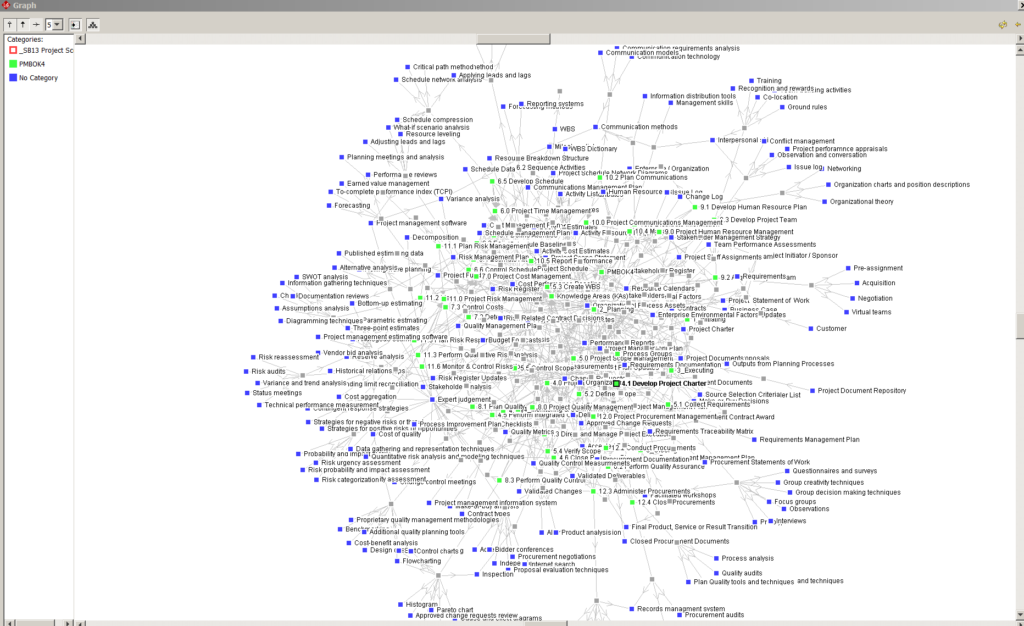
Figure 2. PMBOK4 Project Processes and their relationships.
4.2 A different view of BoKs
We have already seen that we can view a BOK as a framework graphic. A few more examples of semantic technology at work as a project management infrastructure or enhanced BOK are shown below.
The first thing to understand is that when we think of a BoK is that a BoK is simply a concept so that when we refer to a BoK, we can and should be more expansive in our thought process. What follows is a framework, or BoK, set up to accommodate project stages and project complexity.
This is taken from the GAAPS model, and we can follow some of the depths of information and content available to us – if this is appropriate to help us in dealing with operational processes then, in fact, it has become a body of project stage or complexity knowledge.

Figure 3. The start of a Project Stage or Complexity BoK.
If we click on a. “Manage Stakeholder Relationships” within Project Stages then we can see other (qualified) related topics that we should also be considering when dealing with this process.
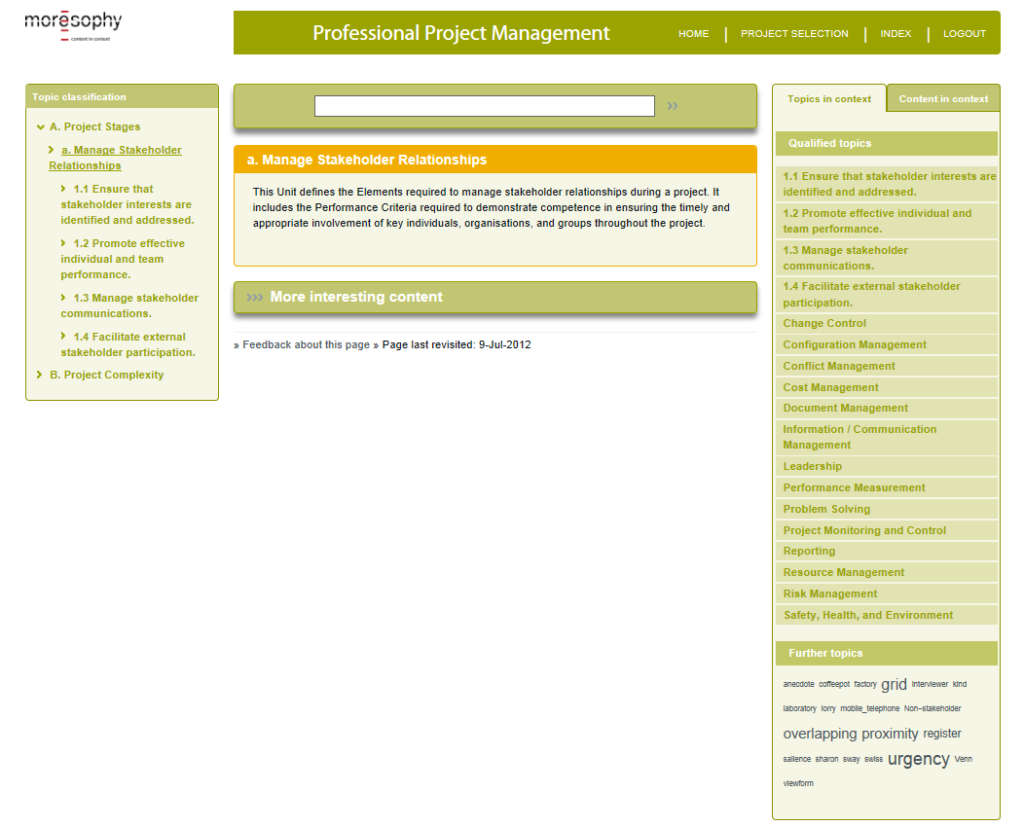
Figure 4. Related topics to be considered.
Further investigation by clicking on “1.1 Ensure that stakeholders are identified and addressed” provides associated activities and (if we include them in our framework/BoK) a learning objective.

Figure 5. Activities and learning objectives
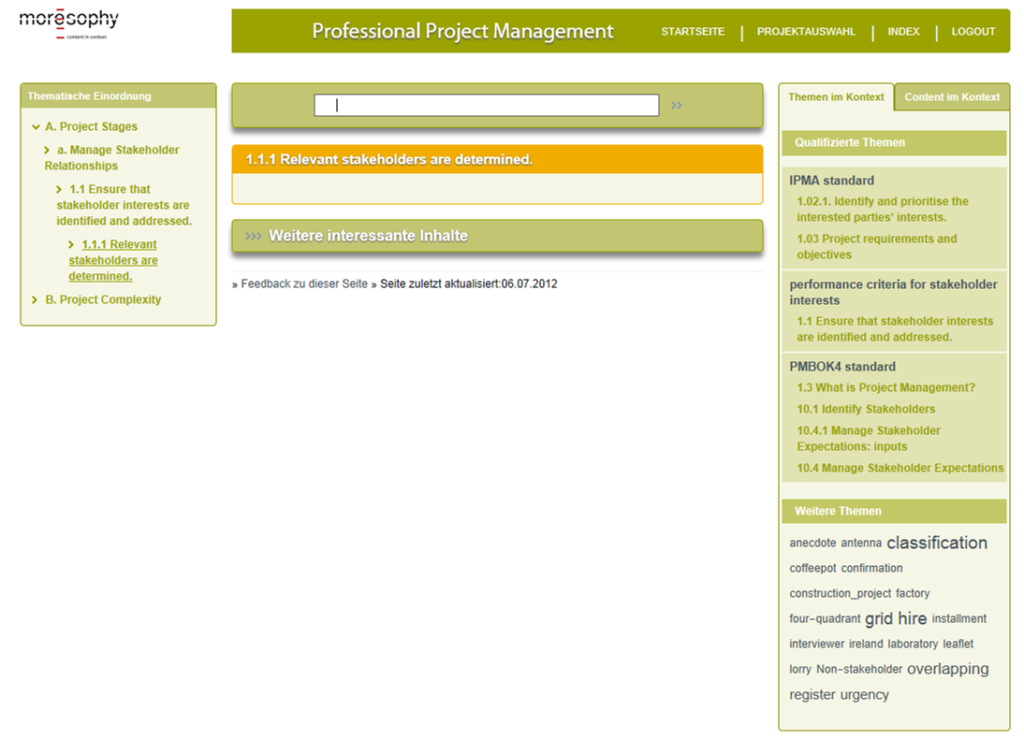
Figure 6. Reference to “standard” BoK processes – IPMA and PMBOK
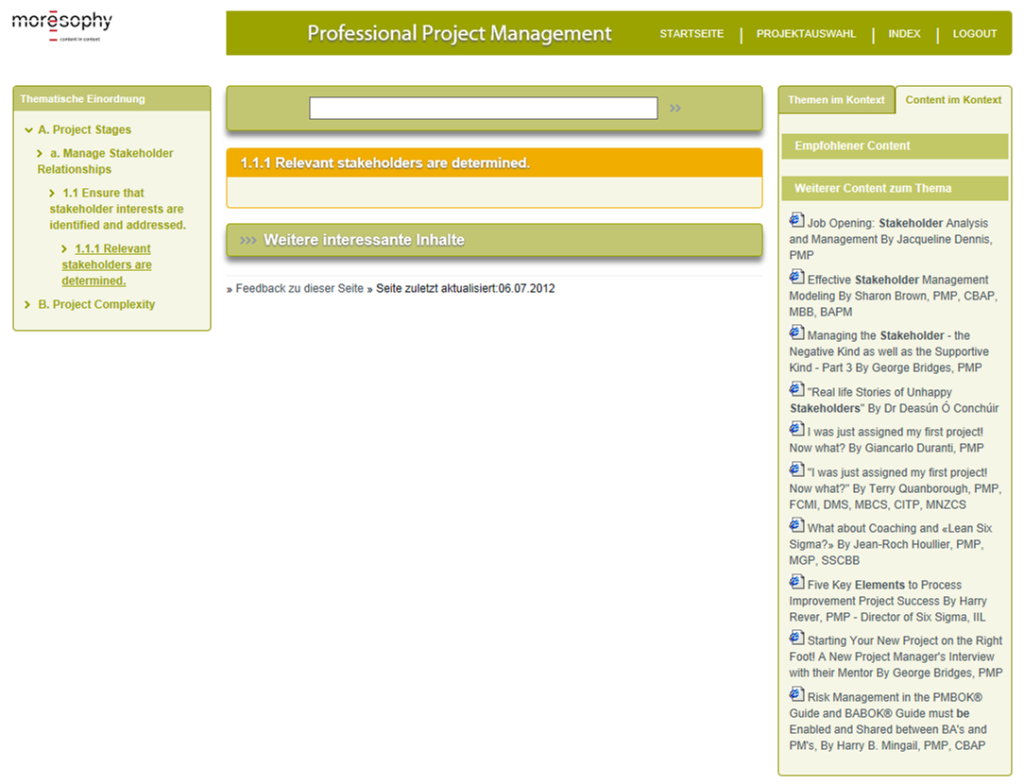
Figure 7. Associated content/information/knowledge references found by curation
If we want more information, we could examine a piece of related information from Figure 4. In this case “Leadership.”
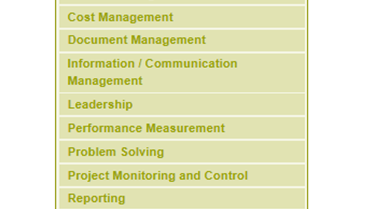
Figure 8. Start of a search using Leadership
Curation techniques allow us to reference topics found by crawling defined references for both other sources and recommended sources of information. In this case, we can also use filters to constrain results.

Figure 9. References of interest.
We are using a browser so our choice of reference and its presentation is unlimited. Basically our definition of what can be included in a BoK is unlimited.

Figure 10. IPMA Guidelines and topics addressed for leadership
- How is it relevant to Project Management and IPMA in particular.
BoKs are meant to be sources of reference and “knowledge.” It is our submission that “knowledge” within the current BoKs is merely a set of attributes.
Our suggested use of FRAKs or more extensive versions of BoKs can be designed to provide an infrastructure for content that is appropriate for the context – that is a guidance structure for varieties of skill characteristics and knowledge that aid performance and competence in executing a process. As such, they could incorporate the stated aims of IPMA. Namely:
Breadth
The APM
Body of Knowledge defines the
knowledge needed to manage any kind of project. It underpins many project
management standards and methods, including the National Occupational Standards
in Project Management.
Depth
The APM Competence Framework provides a guide to project
management competences. It is part of your professional toolkit; mapping levels
of knowledge and experience to help you progress your skills and abilities.[3]
In recent blogs, it has been suggested that the current APM Body of Knowledge is a collaborative work drawing from the experience of practitioners, influencers and academics in all disciplines and sectors. A sourcebook; a starting point and taxonomy from which professional practice grows. But, does the current body of knowledge provide practitioners with the method for successful project management? Or is it merely a collection of concepts that may be put to use depending on the type of project?
To paraphrase Michael Howard, we feel that with enough intellectual consideration Semantic Technology-based BoKs/FRAKs have the potential to result in a new project management paradigm.
- Conclusion
To be successful in project management, you need to dynamically adapt the presentation of digital assets according to individual needs and interests – to provide contextualized services and applications for researching, structuring and delivering appropriate content when dealing with the ever-increasing customer demand. Tested competence is still required but operational information/knowledge is what must be provided – Semantic Technology does just that.
Semantic based Rational models discover what really matters regardless of presuppositions, as opposed to dealing with only attributes within our current logical models. Portals or cloud technology can provide instantly accessible knowledge relevant to the vast array of situations and skills of those individuals executing project tasks.
Changes in the publication and education business show us that we should take advantage of technology to modify what is currently the unnecessarily limited view of project knowledge.
After all, Project Management is not Logical it is Rational.
Acknowledgments
Malcolm Ryder – Archestra. A collaborative knowledge repository and open source research collaboration.
References
IPMA. The International Project Management Association (IPMA)
PMBOK. PMBOK ® Guide and Standards – Project Management Institute. PMBOK® Guide—Fourth Edition.
Prince2. UK government agency Office of Government Commerce (OGC). PRINCE2 (an acronym for PRojects IN Controlled Environments)
GAAPS. Global Alliance for Project Performance Standards (GAPPS).
IIL. International Institute of Learning is a global leader in training, consulting, coaching, and customized course development.
Moresophy.
L4 Suite of Semantic Software.
[1] Global Alliance for Project Performance Standards (GAPPS)
A Framework for Performance Based Competency Standards for Global Level 1 and 2 Project Managers
3,4 Wikipedia
[3] IPMA International Project Management Association
